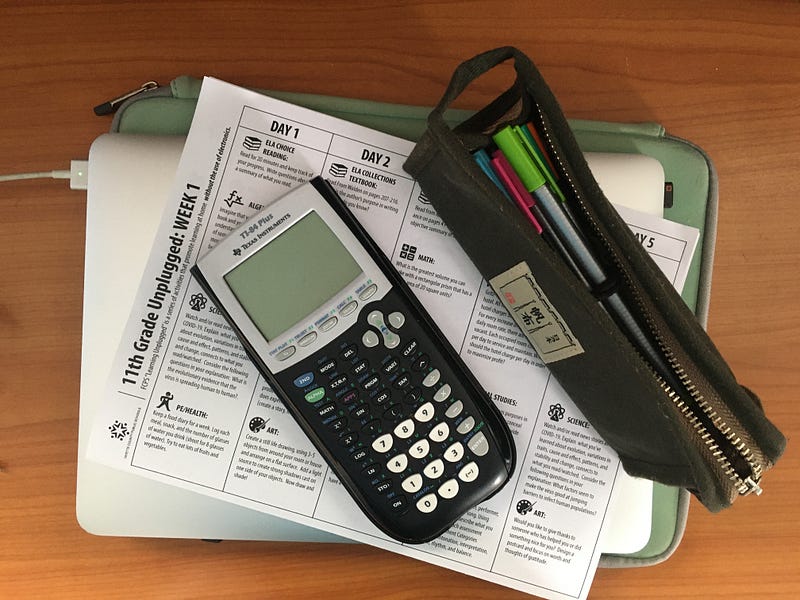When you think about Kentucky, you probably think about the Derby and KFC, and that is fine. We are proud of our horse racing, fancy hats, and chicken recipes. But there is something else of which Kentuckians are proud, and unless you are an education policy wonk, it is not what you think. We Kentuckians are proud of our high standards. We are proud of the Common Core.
In February 2010, when I was in the seventh grade, Kentucky became the first state to implement newly revised math and reading standards that aligned with the higher standards of the Common Core. The change did not feel immediate. I took the same classes, read the same books, and did the same projects as my older brother had three years before me. Perhaps the end of year assessments were more difficult; perhaps I was just getting older. I was never sure.
It wasn’t until my Algebra II class in the fall of 2012 that I was able to draw the connection between what the national media demonized as “rotten-to-the-Core” and my education.
If we are being truly honest, Algebra II was difficult for me. It forced me to think about math in ways to which I was not accustomed. There were days I felt frustrated, unprepared, and resentful of whomever decided to dump these higher standards on me in the middle of my educational career. Luckily, I had a teacher who was patient and brilliant. In the one year I was fully subjected to the “franken-standards,” I learned enough to springboard me all the way through Differential Equations (Calculus IV).
Earlier this school year, I had a conversation with an eight-year-old that demonstrated to me Common Core’s effectiveness. I asked her if she, like many of us old-schoolers, had ever used the 9’s trick, which is a quick way to use your fingers to calculate the product of nine and any single-digit number. She told me she had, but she knew a better, faster trick. When she multiplies a number by 9, she multiplies it by 10 first and then subtracts the number.
She was basically expanding a factored equation, 9n=(10−1)n=10n−n, to make it easier to solve in her head. It was incredible. This kid was already doing multi-step algebra in her head, and she didn’t even know it yet. So I asked her, “Is that really faster for you?”
“Yes,” she replied. “Plus this way I can do it for 19 as well, I just have to multiply by 20 instead of 10.” She paused and squinched her face… “Really it works for any number, you can add a number to the digit you’re multiplying by, as long as you subtract that number of groups of the other number later.”
In writing, this looks like xy=[(x+z)−z]y=y(x+z)−yz.
This conversation with my fellow Kentucky student left me conflicted about my future. I’m excited at the prospect of having intellectuals with deep understandings of numbers, critical thinking, written language, and the scientific process running the Commonwealth. I’m scared because one day this girl will put me out of a job.
Regardless, you’d be hard pressed to find a Kentuckian who isn’t proud of this little girl, and moreover, her generation. Kentucky’s education system is proud of what its students learn in school just like we are proud of our thoroughbred horses and internationally recognized fried chicken. And pretty soon, the rest of the world will see that too.















